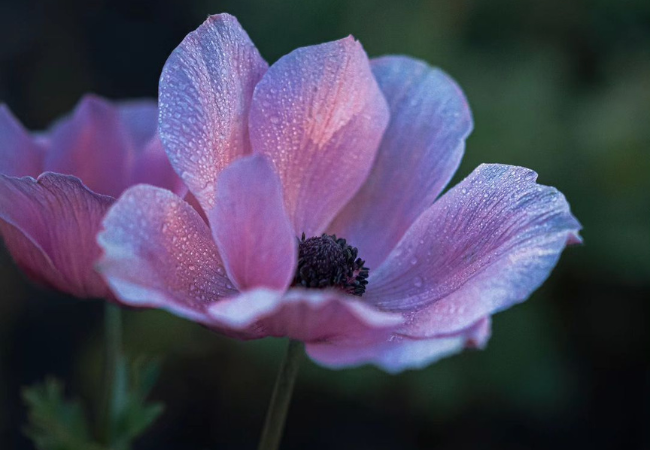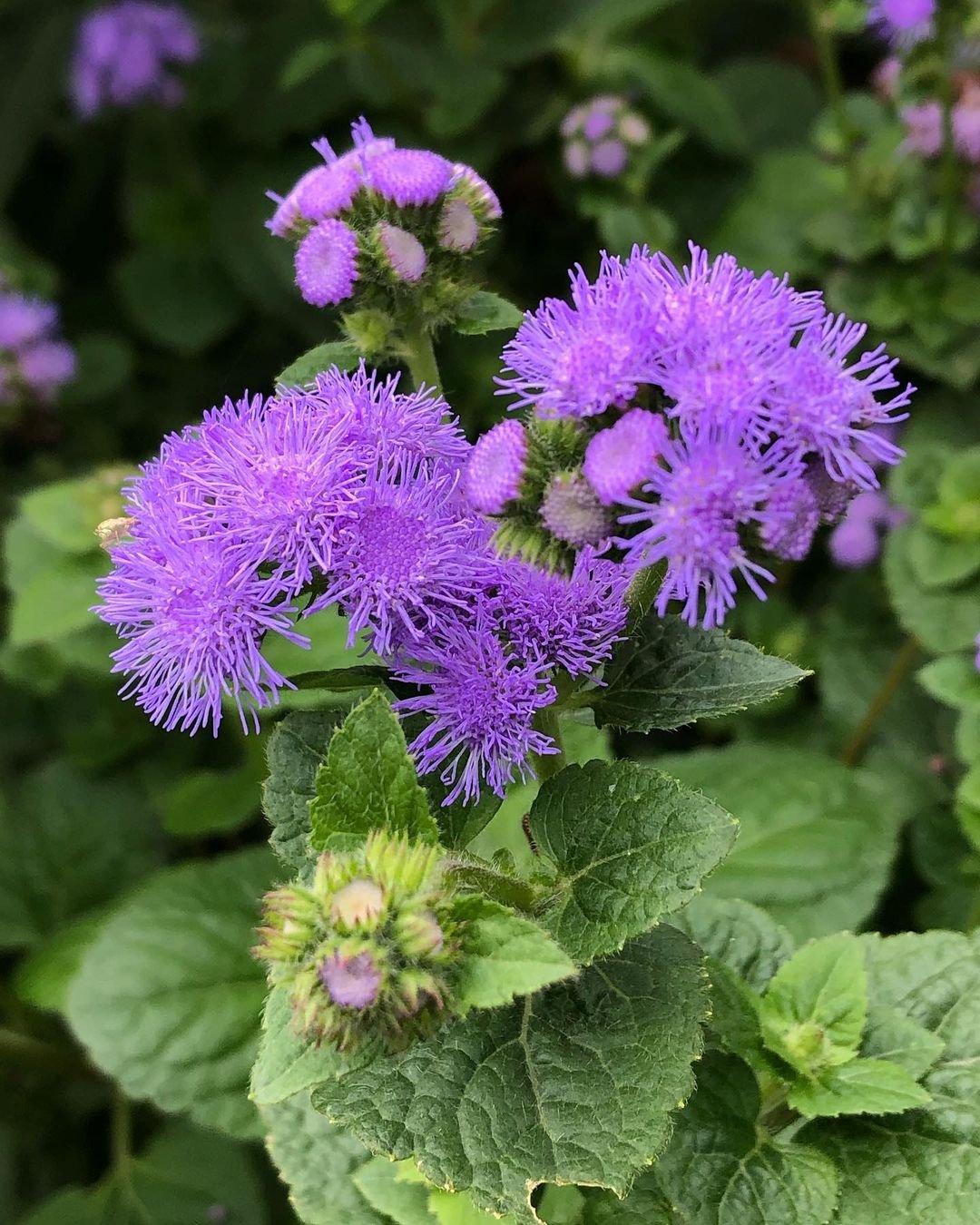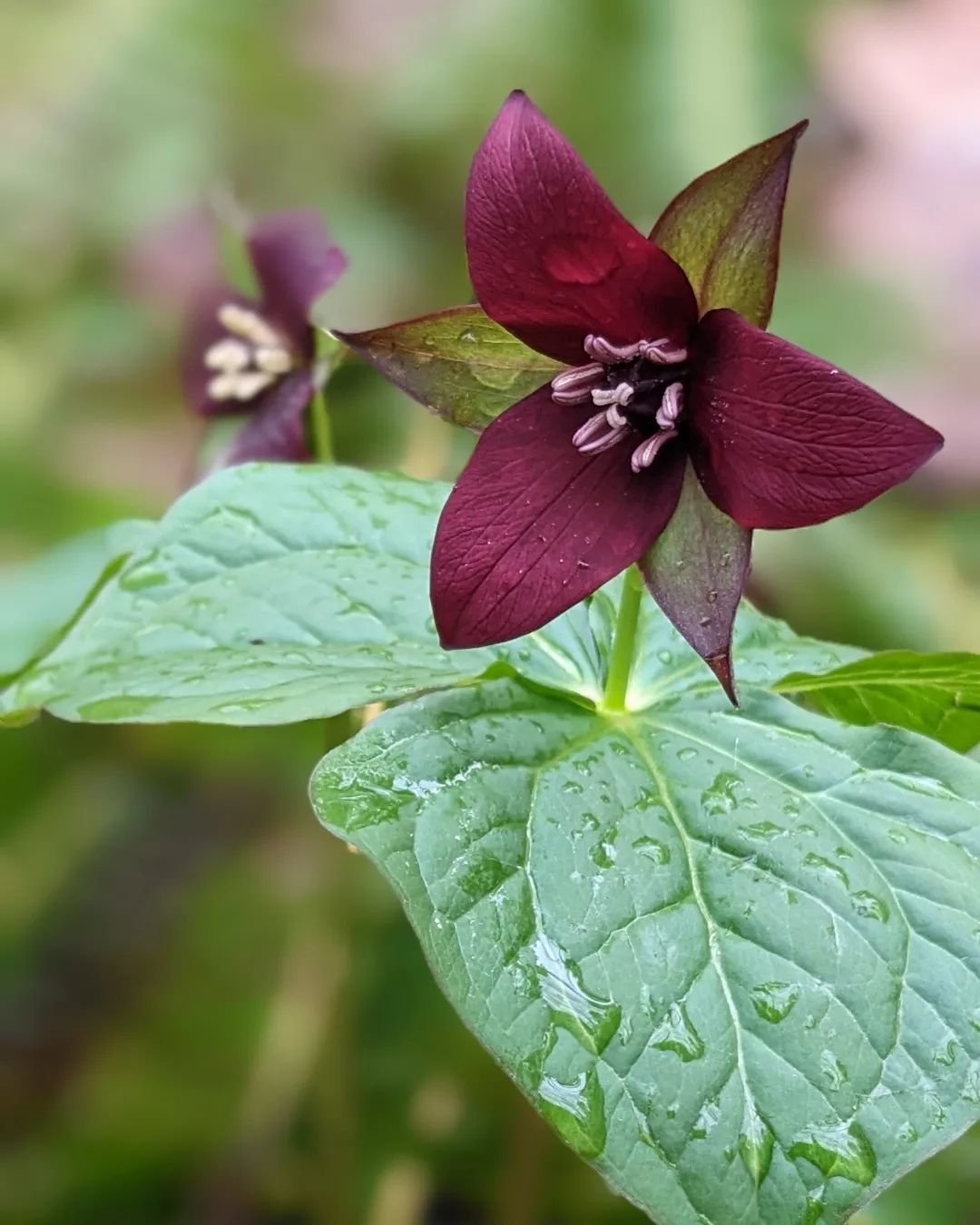Discover the beauty of Anemone flowers! Learn how to grow these charming “windflowers” in your USA garden. Get tips on planting, care and the many uses of Anemones, from garden borders to cut flowers.
Have you ever seen delicate flowers dancing in the breeze, looking like they’re from a fairy tale? Those might be Anemones! These pretty flowers are becoming more popular in gardens across the USA. Let’s explore the world of Anemone flowers and learn how to grow them.
Here’s a simplified and verified chart for Anemone flowers:
| Category | Details |
|---|---|
| Botanical Name | Anemone spp. |
| Common Name | Anemone |
| Plant Type | Herbaceous perennial |
| Hardiness Zone | Zones 3-9 (depending on species) |
| Sun Exposure | Full sun to part shade |
| Soil Type | Well-draining, fertile soil |
| Watering Needs | Average water needs; keep soil consistently moist |
| Growth Habit | Upright, clump-forming |
| Height/Spread | Varies by species; typically 1-3 feet tall, spread 1-2 feet |
| Special Features | Delicate, colorful flowers in spring to fall; various colors available; some species are invasive |
What are Anemone Flowers?

Anemones are flowering plants that belong to the buttercup family. They’re also known as “windflowers” because they seem to dance in light breezes. Anemones come in many colors and can bloom in spring, summer or fall, depending on the type.
For a detailed look at Anemone varieties, check out the Missouri Botanical Garden’s Anemone page.
How Anemones Look
- Flower size: Anemone flowers are usually 2-3 inches wide.
- Colors: You can find Anemones in white, pink, red, blue and purple.
- Height: Plants can be short (6 inches) or tall (up to 4 feet), depending on the type.
- Leaves: The leaves are often divided and can be green or dark purple.
To see different Anemone colors, visit the National Gardening Association’s Anemone gallery.
Growing Anemones
Want to add Anemones to your garden? Here’s what you need to know:
- Light: Most Anemones like partial shade, but some types can handle full sun.
- Soil: They prefer well-draining, rich soil.
- Water: Keep the soil moist but not soggy.
- Temperature: Anemones can grow in many climates across the USA.
- Planting time: Plant in spring or fall, depending on the type of Anemone.
For more growing tips, check out Gardening Know How’s guide to growing Anemones.
Uses of Anemones in the Garden
- Border plants: Use low-growing types to edge garden beds.
- Woodland gardens: Many Anemones love shady spots under trees.
- Cut flowers: Anemones make beautiful, long-lasting cut flowers.
- Container plants: Some types grow well in pots on patios or balconies.
Learn about using Anemones in bouquets at Floret Flowers’ Anemone growing guide.
Benefits of Growing Anemones
- Long blooming season: Different types bloom at different times, so you can have Anemones flowering for months.
- Attract pollinators: Bees and butterflies love Anemone flowers.
- Low maintenance: Once established, Anemones are fairly easy to care for.
- Deer resistant: Most deer don’t like to eat Anemones.
Find out more about the benefits of Anemones at The Spruce’s Anemone plant profile.
Caring for Anemones
To keep your Anemones healthy:
- Water regularly, especially during dry spells.
- Add compost to the soil each spring for nutrients.
- Divide crowded plants every few years to keep them vigorous.
- Cut back foliage after flowering if it looks messy.
For more care information, visit Better Homes & Gardens’ guide to growing Anemones.
Common Problems and Solutions
- Wilting: This often means the plant needs more water. Check soil moisture and water if dry.
- Yellowing leaves: This could be a sign of too much water. Make sure the soil drains well.
- Pests: Slugs sometimes eat Anemones. Use slug traps or barriers to protect your plants.
Anemones are beautiful flowers that can add charm to any garden. Whether you want spring, summer, or fall blooms, there’s an Anemone for you. With their colorful flowers and easy-care nature, Anemones are a great choice for both new and experienced gardeners.
For more information on choosing plants for your garden, visit the Old Farmer’s Almanac plant guides.
For more gardening tips and plant care guides, visit usagardenhub.com.





